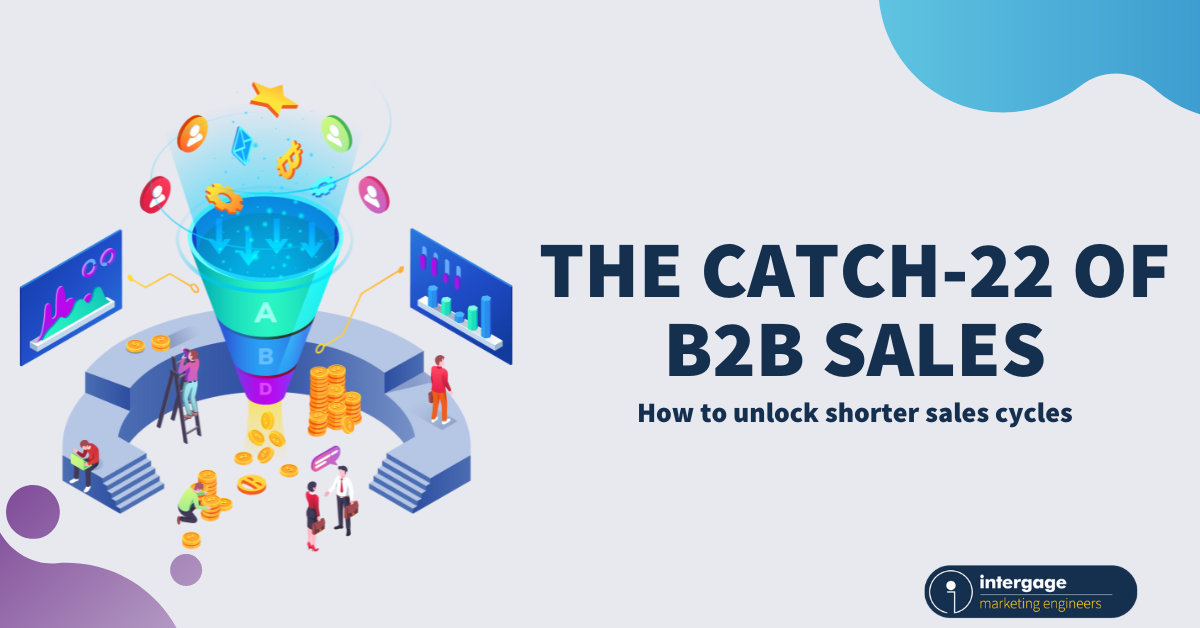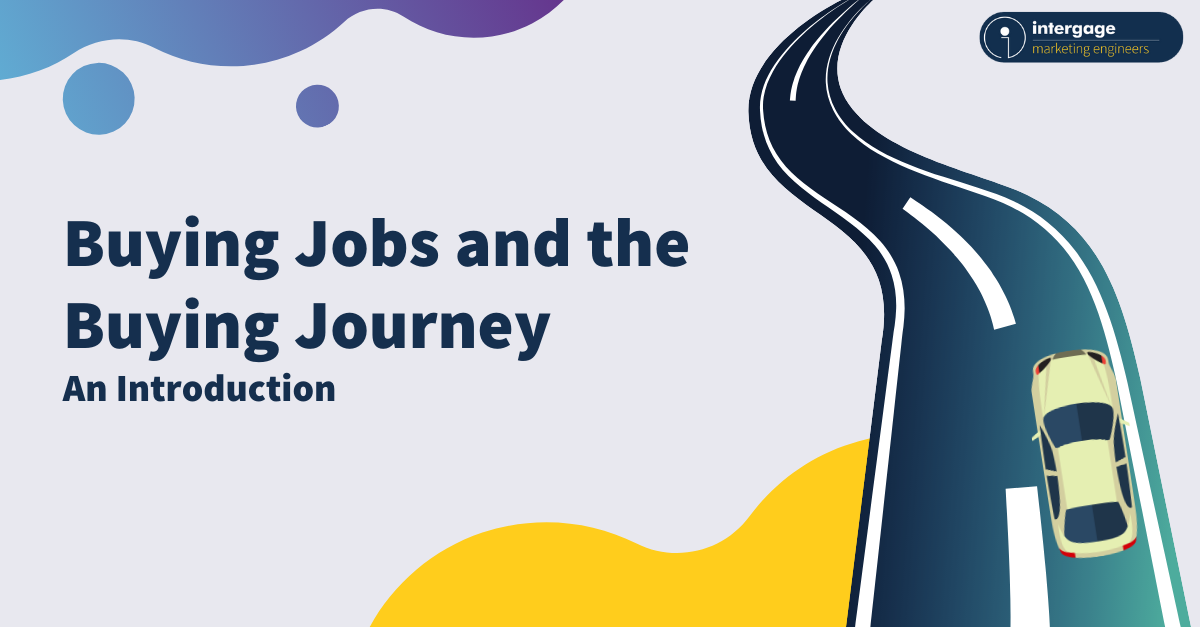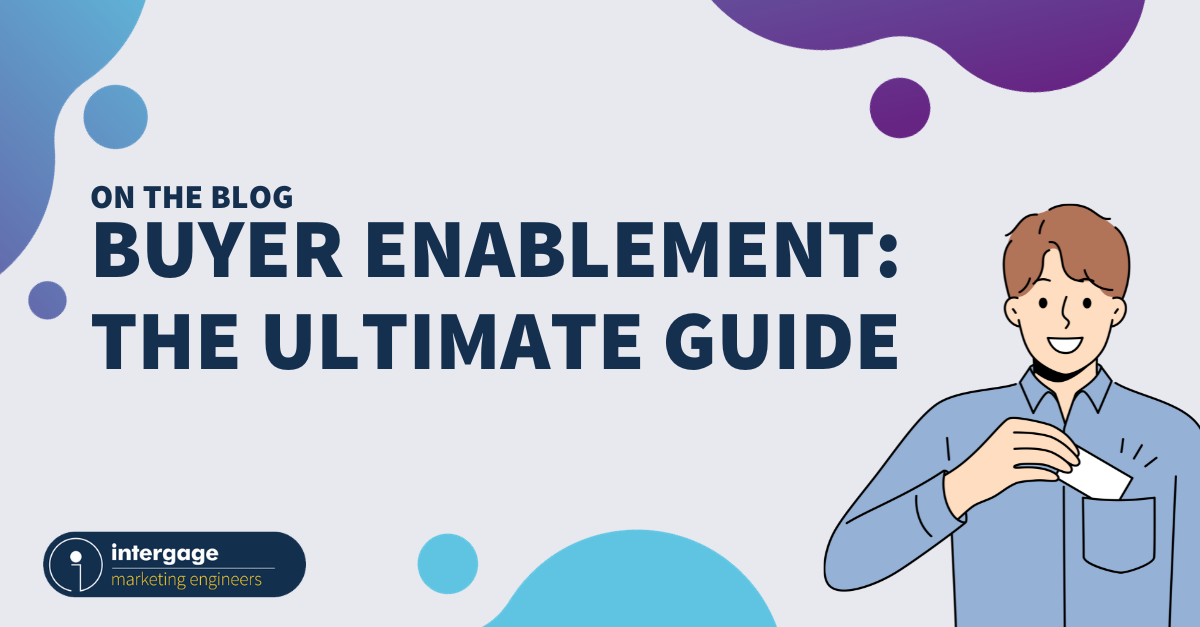Why do prospects ghost me? Understanding the challenges of B2B sales
Within B2B sales, there is perhaps no situation more frustrating than the sudden silence of prospects—commonly referred to as "ghosting." After what seemed like promising interactions and excitement over a new deal, your once-engaged prospect vanishes into the digital ether, leaving you wondering, "Why did they ghost me?"Ghosting is increasingly common in B2B, and often you’ll look first to blame yourself. What did you do wrong? Were you too pushy? Did you not sell them the dream enough?
The fact of the matter is, you’re finding it difficult to sell because your buyers are finding it even more difficult to buy. A study by Gartner reveals that 94% of buyers experience a cancelled purchase cycle, ending in “no decision”.
We cover this in more detail in our ultimate guide to buyer enablement, but in this blog we’ll delve deeper into some of the most common reasons your buyers end up ghosting you and, crucially, what you can do about it.
Complex buying teams and reaching consensus
It's no secret that in B2B sales decisions are rarely made by a solitary figure with unchecked authority. Instead, they unfold within the semi-secretive sphere of buying committees—groups of individuals within an organisation who play distinct roles in the purchasing process. We talk more about the individual roles within the buying committee here.
Members of the buying committee bring with them a diverse array of attitudes, agendas, and challenges. Champions may be enthusiastic about solving a particular problem but could face resistance from influencers who have their own preferences and biases. Decision makers are tasked with balancing financial considerations and organisational objectives, often resulting in a delicate tightrope walk between budget constraints and the need for innovation. On the flip side, blockers may harbor concerns about job security or bear the scars of past unfavorable vendor interactions.
Recognising and addressing these varying perspectives and challenges within the committee is essential for smoothing the path toward a consensus decision and mitigating against the risk of being ghosted.
The pain of change is too great
Change is the undeniable harbinger of progress, but it also happens to be one of the most potent sources of anxiety for B2B buyers. Frequently, the decision to switch suppliers or invest in a new product or service entails significant financial and time commitments, leaving your buyers confronted with the potential challenges of:
- Needing to review why their current solution isn’t working
- Unpicking their incumbent processes and systems
- Justifying the need to switch things up and invest in a new solution or product.
The Psychology of Change Resistance
To comprehend your prospects' fear of change, we need to delve into the psychology that underpins resistance to change. This can be broken up into two concepts:
Loss Aversion
Humans are hardwired to avoid losses more vehemently than they seek gains. This cognitive bias, known as loss aversion, can make prospects overly cautious about taking a leap into the unknown.
Cognitive Dissonance
When confronted with a decision that challenges their existing beliefs or choices, individuals often experience cognitive dissonance—an uncomfortable mental state. This discomfort can lead to avoidance or indecision.
Buyers' inherent resistance to change, when blended with aggrevating factors, has the effect of your prospects often deciding that the pain of change is greater than any prospective reward. The blend of inherent change resistance and factors that add to that mean B2B buyers often decide that the pain of change is greater than the reward of making that change. This takes us nicely onto my next point…
The fear of messing up (FOMU)
There's little fear greater than the fear of getting it wrong. This fear can be paralysing - it can cause buyers to hesitate, procrastinate, or even opt for the safer route of maintaining the status quo. Understanding the psychology behind the fear of messing up is crucial in addressing the issue and preventing prospects from ghosting.
The Weight of Responsibility:
For members of a buying committee, the decision to invest in a new product or service carries significant responsibility. The consequences of a poor choice can be far-reaching, affecting not only their own job security but also the well-being of the entire organisation. The fear of shouldering the blame for a failed investment can lead to decision paralysis.
The Status Quo as a Safety Net:
In many cases, the fear of messing up is so potent that it becomes easier for buyers to stick with the status quo. Even if the current solution is suboptimal, it's a known entity, and its limitations are understood. The prospect likely believes that maintaining the status quo, despite its drawbacks, is a safer choice than risking a disruptive change.
How to avoid ‘prospect ghosting’
Understanding the reasons behind why prospects ghost you, including the challenges posed by buying committees, the fear of change, and the fear of making mistakes, is essential for adapting and optimising your sales strategies. Here's how you can begin to combat the presence of these hurdles through your strategy:
1. Buyer Enablement as a Priority
Recognising that buyers want to self-educate and navigate the complex buying journey on their terms is part of the broader concept of buyer enablement. Tailoring your sales strategy to provide the right information, resources, and support at each stage of the buyer's journey becomes paramount. Take a look at our process for this here.
2. Content that Addresses Buyer Needs
To counteract the challenges posed by buying committees, create content that speaks to the diverse needs and concerns of different committee members. Offering resources that facilitate consensus building - such as ROI calculators, comparison charts, and case studies highlighting successful outcomes for similar organisations - helps keep you at the forefront of buyers' minds at the same time as addressing their needs.
3. Mitigating the Fear of Change
To address the fear of change, focus on building trust and confidence through your sales interactions. Provide ample evidence of your solution's effectiveness, share success stories, and offer demonstrations that familiarise your prospects with both you and your products/services.
4. Overcoming the Fear of Messing Up
To alleviate the fear of making mistakes, position your product or service as a safe and reliable choice. Offer guarantees, warranties, and clear paths for issue resolution. Emphasize the support and guidance your team provides throughout the entire customer journey, from onboarding to ongoing support.
5. Personalisation and Relationship Building
Recognise that each member of the buying committee may have distinct preferences and concerns. Tailor your communication and engagement strategies to resonate with each stakeholder. Building strong relationships based on trust and understanding can help navigate the intricacies of committee dynamics.
6. Data-Driven Insights
Leverage data and analytics to gain insights into how prospects engage with your content and sales materials. Identify which resources are most effective at addressing their concerns and facilitating decision-making. Use this data to refine your sales strategies continually.
Want to know more about buyer enablement and avoiding your prospects ghosting you? Book a place on this workshop!



